Tutorials
-
Quality of Mobile Multimedia Experience: Past, Present and Future by Prof. Dr. Hans-Jürgen Zepernick Institute of Communication Systems of the Faculty of Computing of the Blekinge Institute of Technology (BTH), Karlskrona, Sweden Abstract The rapid evolution of wireless networks is driven by the growth of wireless packet data applications such as interactive mobile multimedia applications, wireless streaming services, and video-on-demand. The largely heterogeneous network structures, severe channel impairments, and complex traffic patterns make the wireless networks much more unpredictable compared to their wired counterparts. One of the major challenges with the roll-out of these services is therefore the design of wireless networks that fulfill the stringent quality of service requirements of mobile multimedia applications.In this tutorial, we provide a survey on the evolution of quality of experience (QoE) concepts in the context of mobile multimedia systems touching on the past, present, and future aspects. Specifically, the ideas behind QoE are discussed and an overview of related standardization work and major research initiatives is provided. On this basis, QoE metrics for speech, image, and video are described. Given the increase on visual services, perceptual image and video quality metrics for real-time quality assessment of mobile multimedia experience are discussed. This includes a classification of quality assessment methods, comparison of psychophysical versus engineering approaches, perceptual image and video quality assessment, and some example applications. An outlook on future work and challenges is also provided. Biography Hans-Jürgen Zepernick received the Dipl.-Ing. degree (with highest distinction) from the University of Siegen in 1987 and the Dr.-Ing. degree (summa cum laude) from the University of Hagen in 1994. From 1987 to 1989, he was with the Siemens AG, Munich, Germany. He is currently a Professor and the Chair of Radio Communications with the Institute of Communication Systems of the Faculty of Computing of the Blekinge Institute of Technology (BTH), Karlskrona, Sweden. Prior to this appointment at BTH in October 2004, he held the positions of Professor of wireless communications at Curtin University of Technology, Perth, Australia; Deputy Director of the Australian Telecommunications Research Institute (ATRI); and Associate Director of the Australian Telecommunications Cooperative Research Centre (ATcrc). He was the Leader of the ATcrc’s wireless program and the Leader of the center’s radio transmission and radio access technology project.Dr. Zepernick served on the Board of Management of ATRI and the Executive Research Committee of the ATcrc. He participated in the European FP7 Networks of Excellence EuroNGI, EuroFGI, and EuroFN contributing to work packages on user-perceived quality of service. He is a member of the Swedish Management Committee within the COST Action IC1003: Quality of Experience in Multimedia Systems and Services (Qualinet). He is also a Member of Section C, Signals and Systems of the Swedish National Committee on Radio Science. Dr. Zepernick serves on the Technical Scientific Committee of the International ICT Doctorate School of the University of Modena and Reggio Emilia, Italy.
Dr. Zepernick has been elected by the officers and board of directors of the IEEE to the grade of IEEE Senior Member in recognition of significant professional achievements and professional standing. He has been a co-recipient of a Best Student Paper Award at the 2013 IEEE International Conference on Advanced Technologies for Communications (ATC) and a co-recipient of an Excellent Paper Award at the 2004 IEEE International Symposium on Wireless Communication Systems (ISWCS). He regularly services on the Technical Program Committees of flagship conferences such as IEEE Global Communications Conference (Globecom), IEEE International Conference on Communications (ICC), and IEEE Vehicular Technology Conference (VTC). Currently, he serves as one of the Guest Editors for the Special Issue on “Advances in Tools, Techniques and Practices for Multimedia QoE” of the Springer Journal on Multimedia Tools and Applications. Dr. Zepernick is an author or co-author of 2 books, 10 book chapters, some 47 Journals manuscripts and over 200 peer-reviewed conference papers. His research interests include cooperative communications, cognitive radio networks, mobile multimedia services, and perceptual quality assessment.
Free Space Materials Characterization at 110GHz and beyond by Mr. Thang Yong Wee Agilent Technologies Abstract Free-Space Materials Characterization: Free-space techniques using a network analyzer for measuring dielectric and magnetic properties of materials in the microwave to mm-wave frequency range will be discussed. These measurements are often used for design and test of radome, low observables, and absorbing materials, but this non-contacting technique is useful for other materials as well. A featured topic will be Gated Reflect Line calibration, an innovative calibration technique developed by Agilent. System hardware and setup considerations will also be covered. Biography Thang Yong Wee works as Expert level Application Consultant with Agilent Technologies. He joined HP/Agilent Test and Measurement since 1998. He has vast experience in training and supporting RF and microwave instrumentation such as Phase noise, Noise figure, Spectrum Analysis and Network analysis. His primary focused is on component measurement using Agilent network analyzer and impedance analyzer especially on-wafer, THz and material measurement. Yong Wee also worked as a project manager in designing and delivering test system project.
Recent Projects that Yong Wee has involved includes:
Configured and delivered several mm wave on wafer test system
Configured and delivered Metrology grade network analysis measurement system
Configured and worked across Agilent organization to deliver on-wafer measurement system to test multiple devices such as PA, LNA, Multiplier, Mixer, Digitally controlled Attenuator, IV curve and pulsed measurement.Prior to joining HP/Agilent Technologies, Yong Wee is a Project manager with Multi-National Company managing system delivery for military application. He graduated from Nanyang Technological University in Singapore with Honors degree and completed a Graduate Diploma in Marketing Management in Singapore Institute of Management.
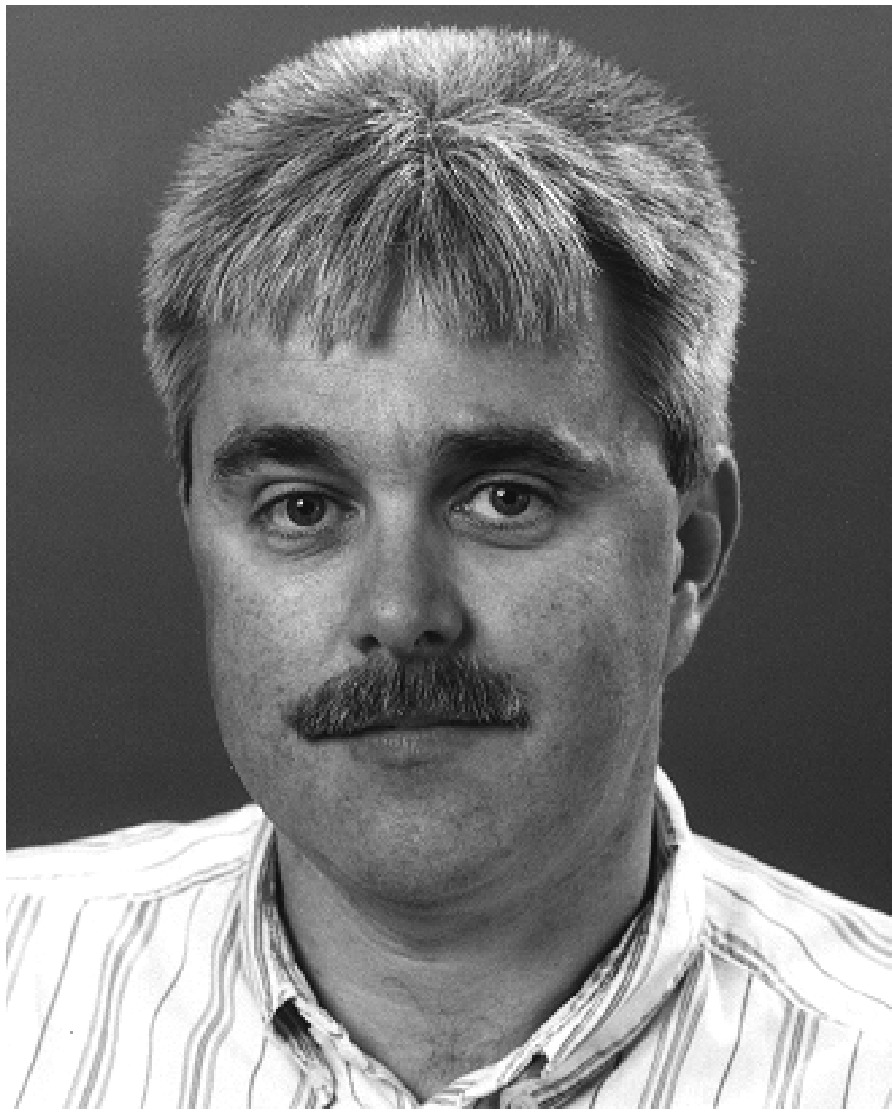
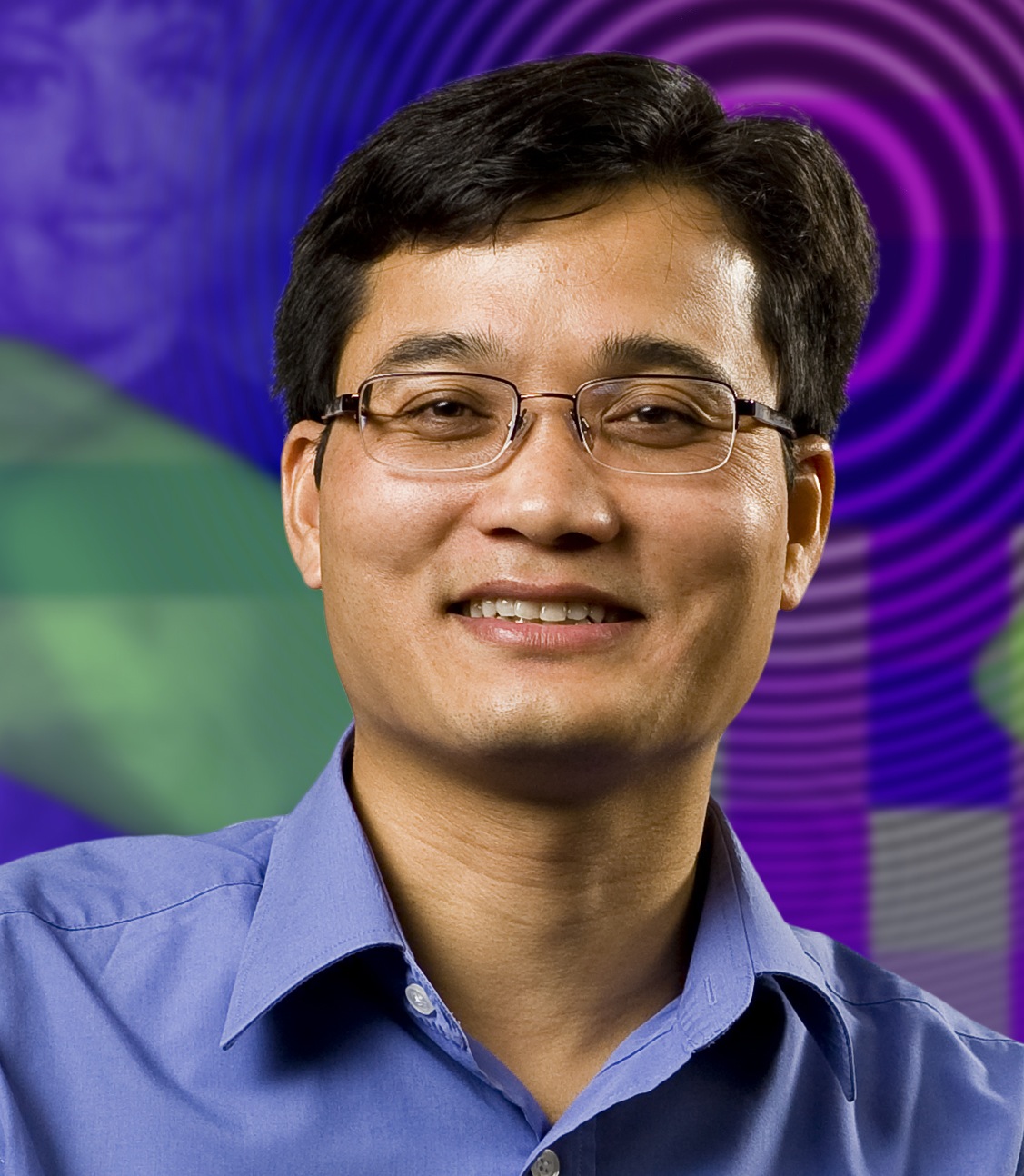
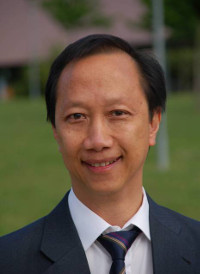
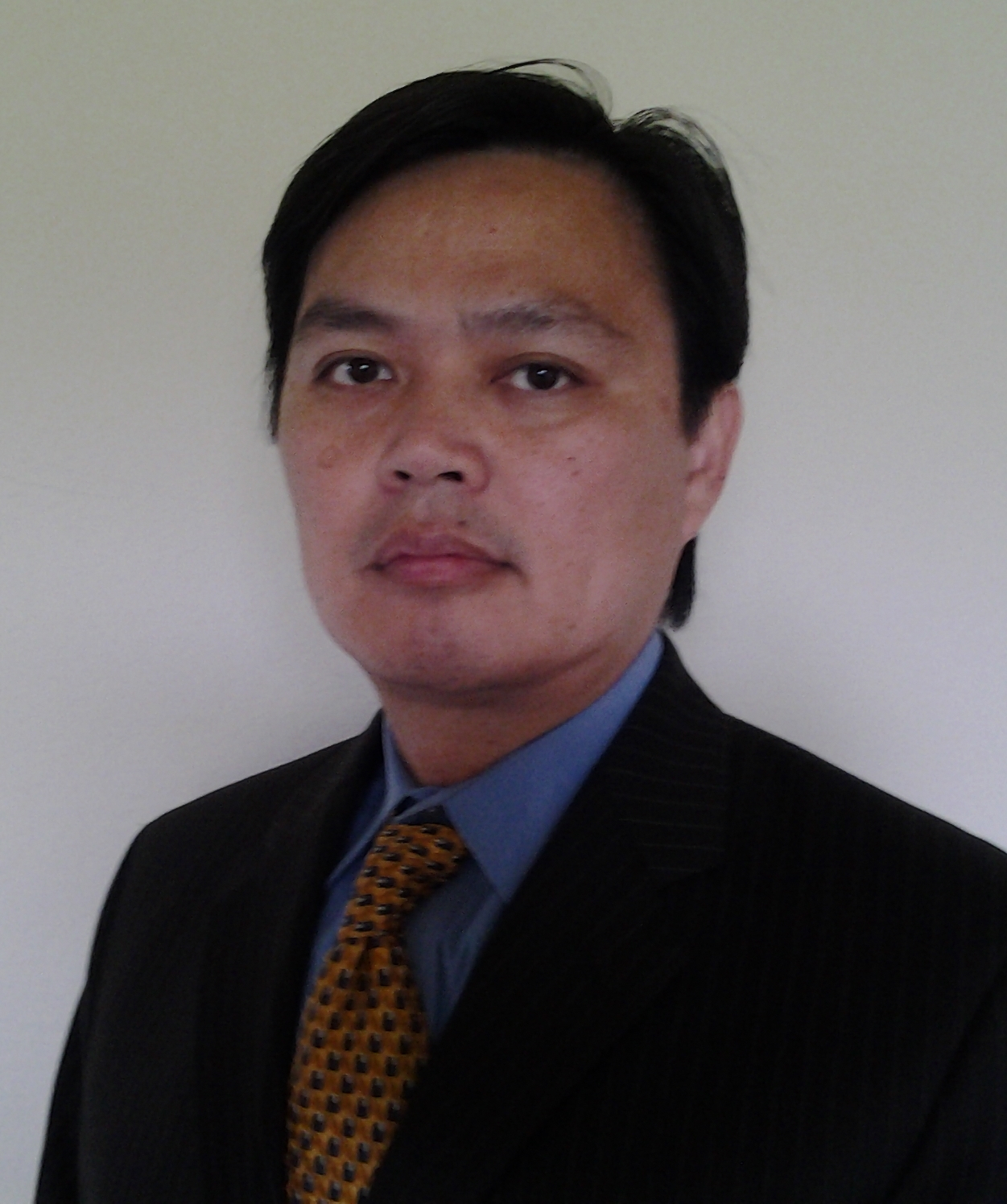
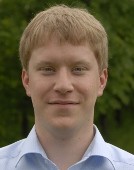
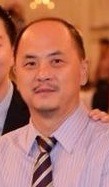
Finally i quit my day job, now i earn decent money online you should
try too, just type in google - bluehand roulette system